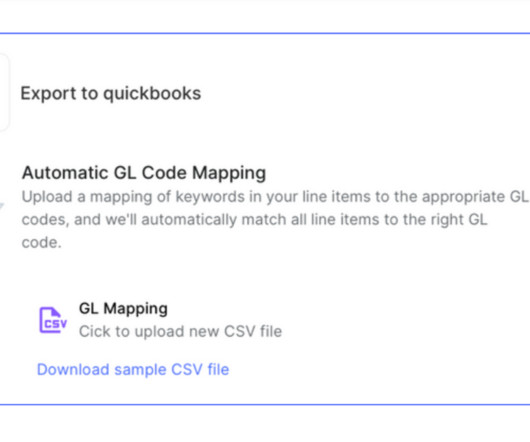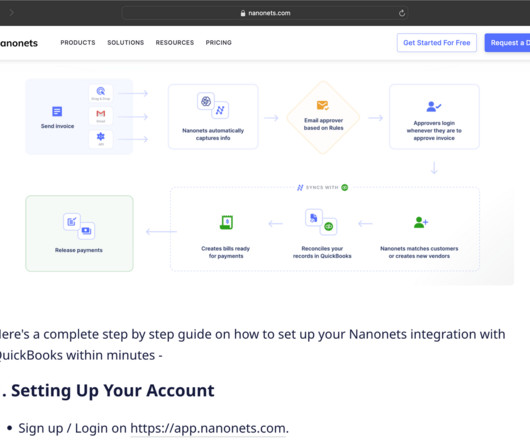How mortgage automation can streamline your lending business
Nanonets
MARCH 27, 2023
Underwriting : Underwriting is the process of assessing the borrower's creditworthiness, evaluating the risks and ensuring that the loan meets the lender's criteria. Closing : The closing process involves signing the final documents and transferring funds.
















Let's personalize your content